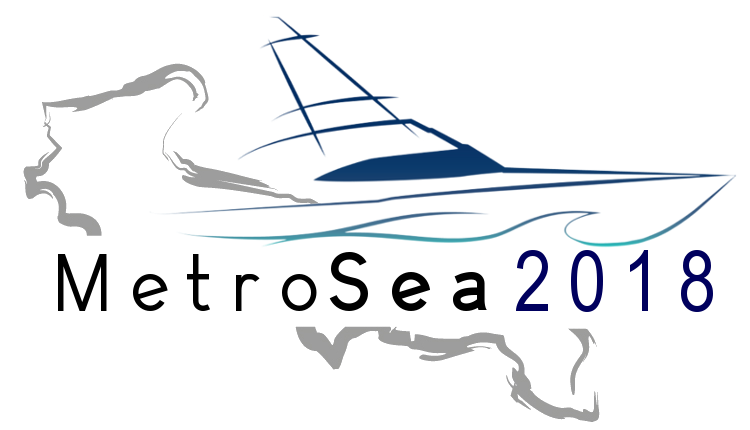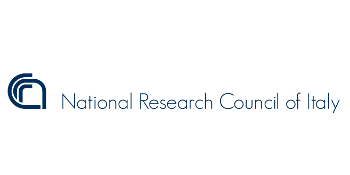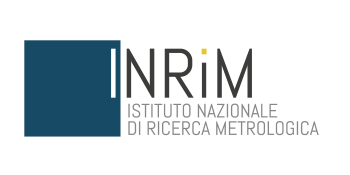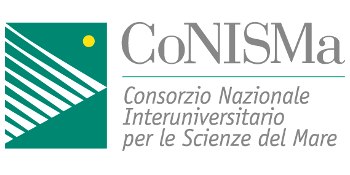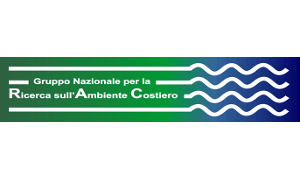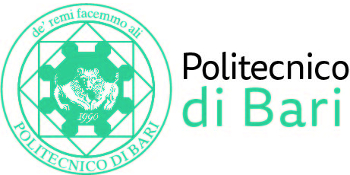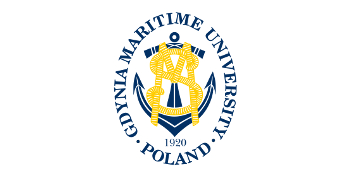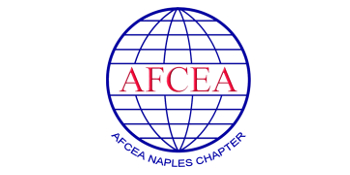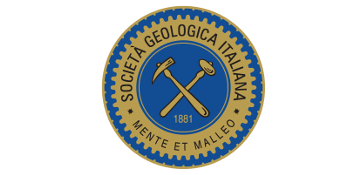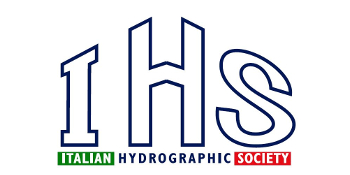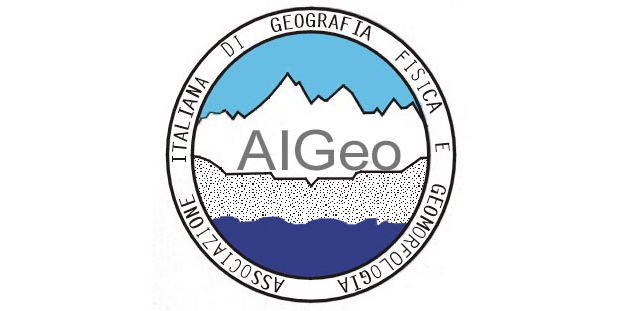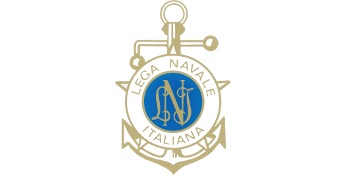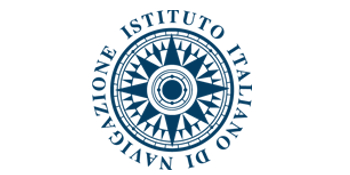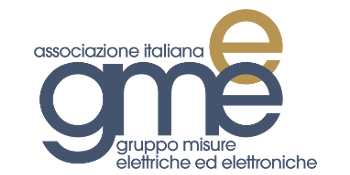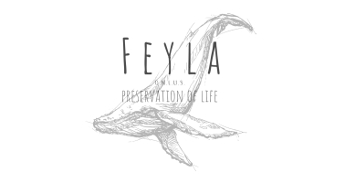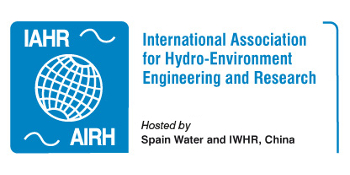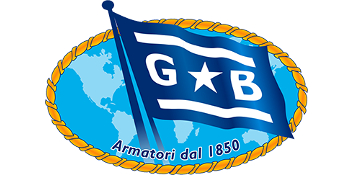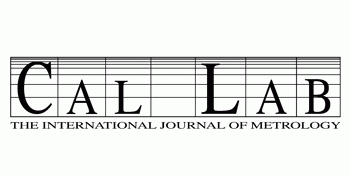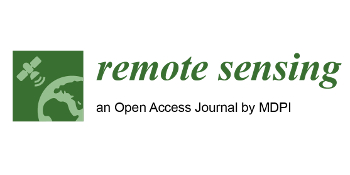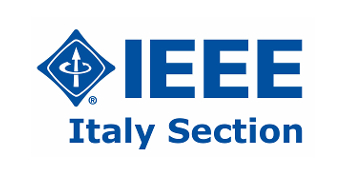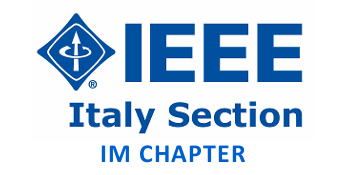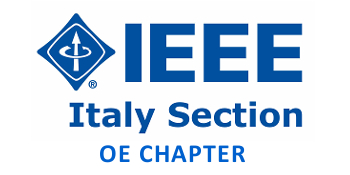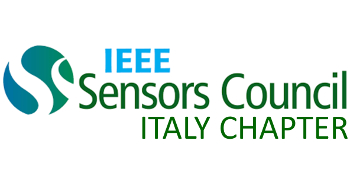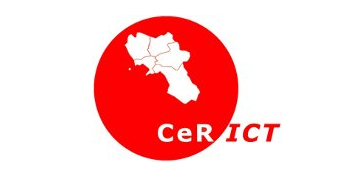Measurement needs in the field of coastal engineering at laboratory scale
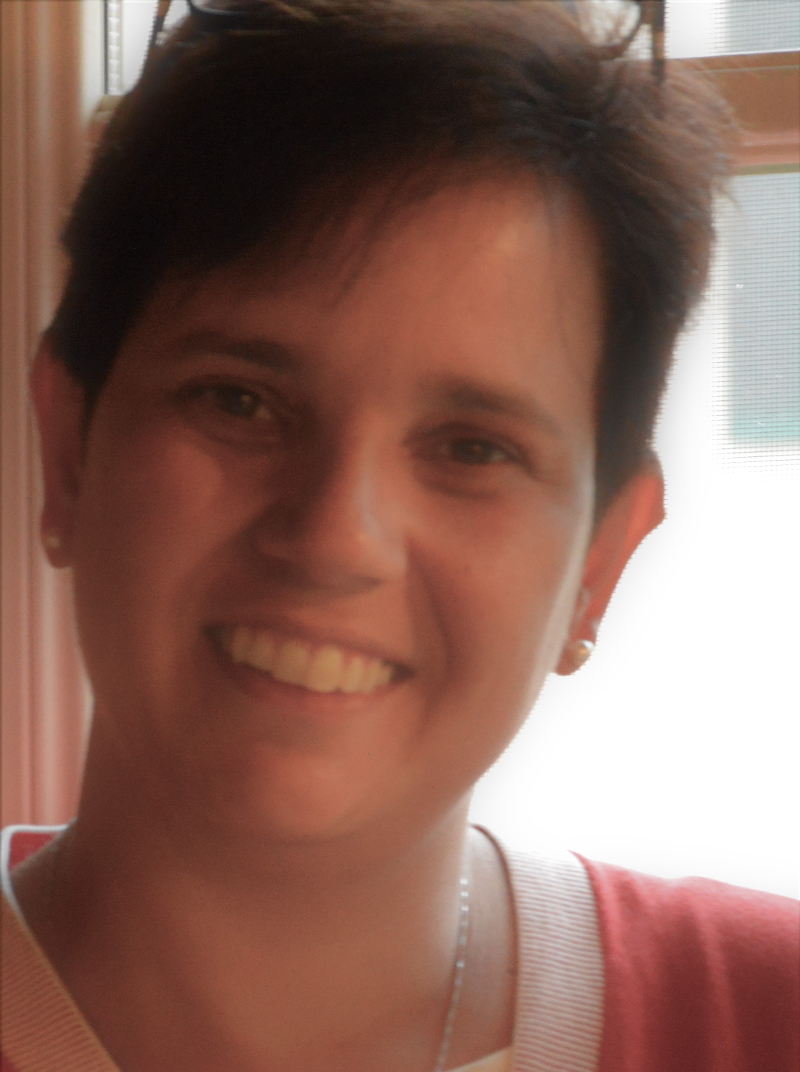
Rosaria E. Musumeci
University of Catania, Italy
ABSTRACT
The solution to coastal engineering problems relies on the possibility to understand and quantify very complex problems which occur mainly in the nearshore region, such as the mutual interactions of waves and currents with sandy and rocky bottoms as well as with a great variety of coastal structures, ranging from rigid smooth seawall up to rubble mound breakwaters and artificial nourishment. Lately a great attention has been devoted also to the flow interaction with biota, both vegetation and fauna. In order to design reliable and sustainable solutions for coastal problems, such as coastal flooding and erosion, the capacity of numerical modelling is still limited, whereas field studies as well as laboratory analyses allow to better catch the complexity of the processes. In particular, lab investigations carried out in well-controlled experimental conditions are often preferred to obtain more general answers to fundamental research and engineering questions. In this context, the demand for improving the present measurement capability in physical models is high, as demonstrated by the work done within the Hydralab network, an integrated infrastructure initiative funded by the European Commission, which since more than 20 years provides access to unique large-scale experimental facilities. Building on such an experience, the need to push forward present measuring instruments, methodologies and protocols will be discussed, as well as recent developments of measurement approaches based on innovative materials and technologies.
SPEAKER BIO
Rosaria E. Musumeci is a Assistant Professor of Hydraulics at the Department of Civil Engineering and Architecture of the University of Catania, with a PhD in Hydraulic Engineering. Her research interests are in the field of coastal hydro-morphodynamics, with a focus on development of innovative measurement techniques in the presence of sandy bottoms and coastal structures. In this context, she is actively involved in the research projects funded by EU (e.g. HYDRALAB+, NEWS, Interreg Italia-Malta; etc.), and by national funding agencies.




